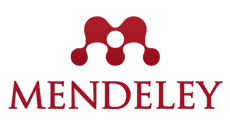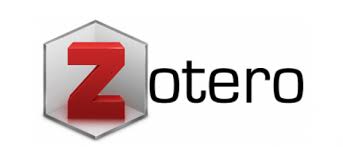Increasing Production Productivity at UMKM Kaca Berkah using the OMAX Method
Keywords:
Productivity, Ratio, Objective Matrix (OMAX), Fishbone, 5W 1HAbstract
UMKM Kaca Berkah found a decrease between the monthly target and output, in the measurement period from October 2020 to March 2021 UMKM Kaca Berkah targeted 4 buffet units per day, but in reality only got 2 to 3 units per day and only 1 month was on target. The productivity index in October 2020 was 14.8%, in November 2020 was 33.3%, in December 2020 was 33.3%, in January 2021 was 18.5%, in February 2021 was 7.4% and in March 2021 was 33.3%. It is necessary to find solutions to increase productivity in UMKM Kaca Berkah especially in their production sector. These obstacles are overcome by knowing the level of productivity which is equipped with data on the manpower ratio and machine working hours ratio. Then the data is analyzed and processed with the method that will be used, Objective Matrix Method (OMAX) by weighting to obtain the total productivity, the Fishbone Method to analyze the causes of the problems obtained and the 5W+1H Method to find solutions that will then be suggested to handle problems. After making improvements in April 2021 and May 2021, the productivity index in April reached 100% and in May also reached 100%.
References
R. Setiowati, “Analisis Pengukuran Produktivitas Departemen Produksi dengan Metode Objective Matrix (OMAX) pada CV. Jaya Mandiri,” Faktor Exacta, vol. 10, no. 3, pp. 199-209, 2017.
G. Ramayanti, G. Sastraguntara, and S. Supriyadi, “Analisis Produktivitas dengan Metode Objective Matrix (OMAX) di Lantai Produksi Perusahaan Botol Minuman,” Jurnal INTECH Teknik Industri Universitas Serang Raya, vol. 6, no. 1, pp. 31–38, Jun. 2020, doi: 10.30656/intech.v6i1.2275.
D. Adi Pratama and A. Jati Nugroho, “Analisis Pproduktivitas Produk Kompor Batik Menggunakan Metode Objective Matrix (OMAX) (Studi Kasus Pada CV Astoetik Indonesia),” SENTRI: Jurnal Riset Ilmiah, vol. 2, no. 9, pp. 3485-3493, 2023.
L. A. Silalahi, and Y. Rispianda, “Usulan Strategi Peningkatan Produktivitas Berdasarkan Hasil Analisis Pengukuran Objective Matrix (OMAX) Pada Departemen Produksi Transformer,” Reka Integra, vol. 2, no. 3, 2014.
H. Murnawan, “Perencanaan Produktivitas Kerja Dari Hasil Evaluasi Produktivitas Dengan Metode Fishbone di Perusahaan Percetakan Kemasan PT.X,” Jurnal Teknik Industri HEURISTIC, vol. 11, no. 1, 2014.
P. Fithri and I. Firdaus, “Analisis Produktifitas Menggunakan Metode Objective Matrix (OMAX) (Studi Kasus: PT. Moradon Berlian Sakti),” Jurnal Optimasi Sistem Industri, vol. 13, no. 1, pp. 548–555, 2014.
Downloads
Published
How to Cite
Issue
Section
License
Copyright (c) 2025 Hafidzah Ramadhanti, Meri Prasetyawati

This work is licensed under a Creative Commons Attribution-ShareAlike 4.0 International License.
















